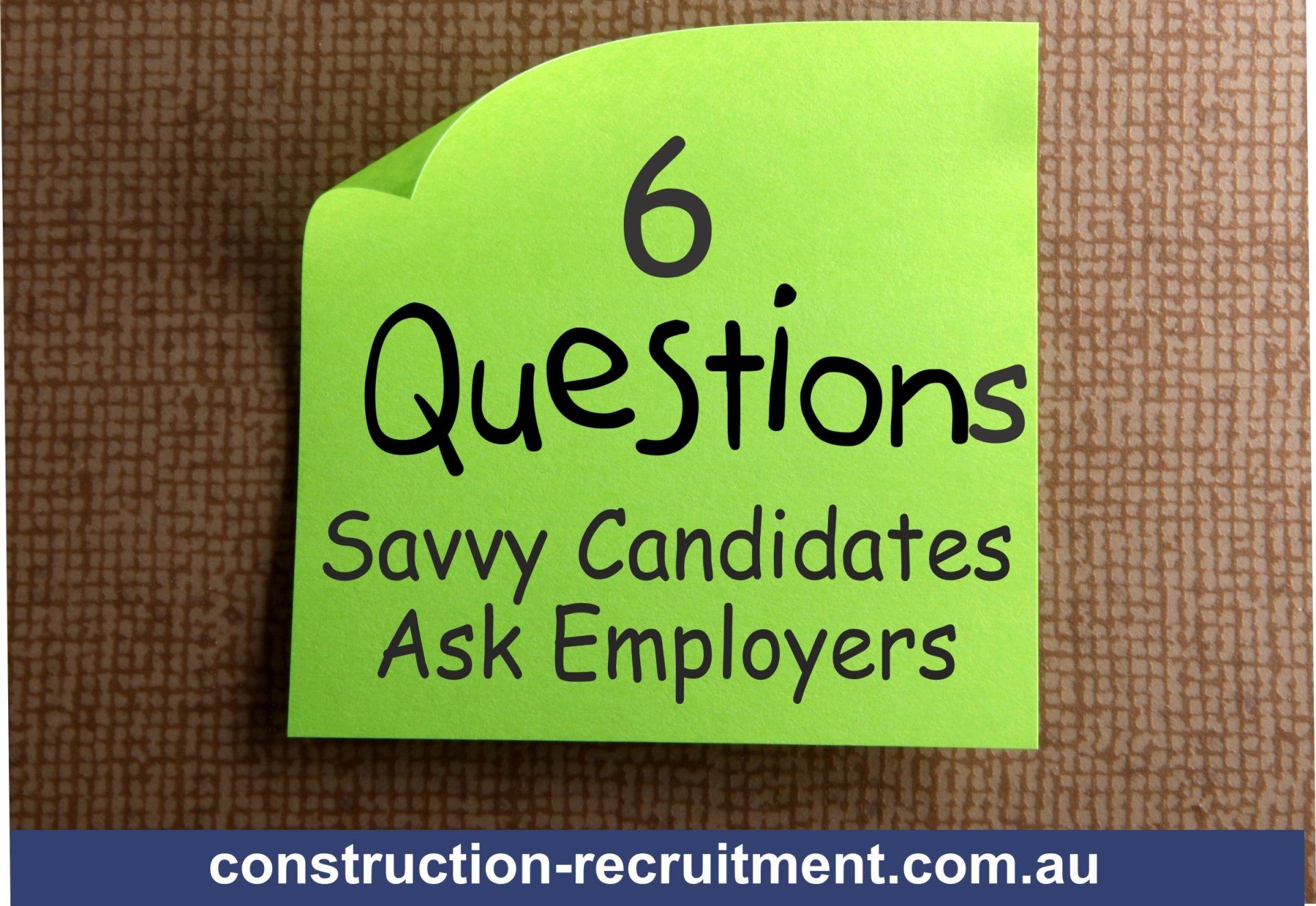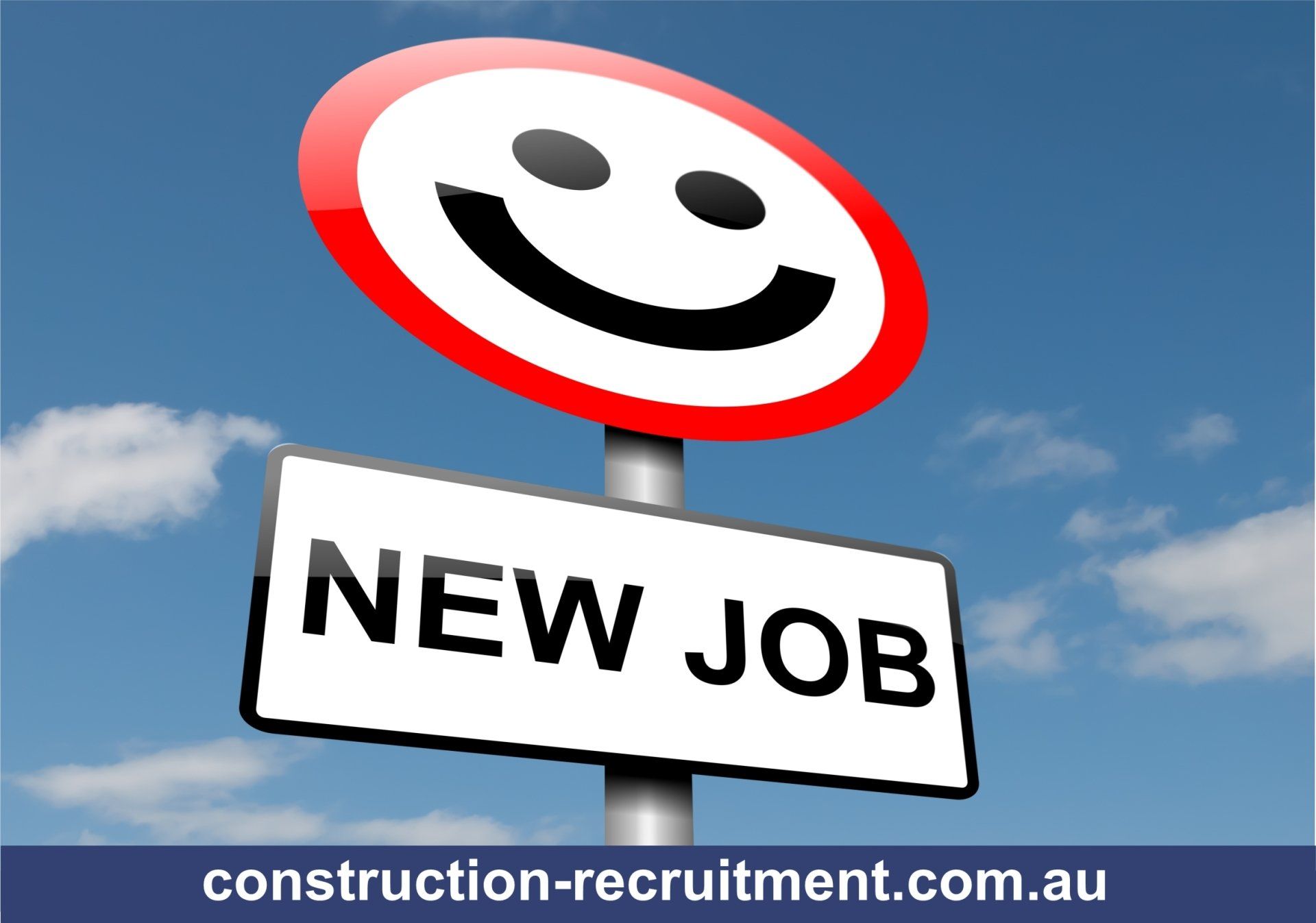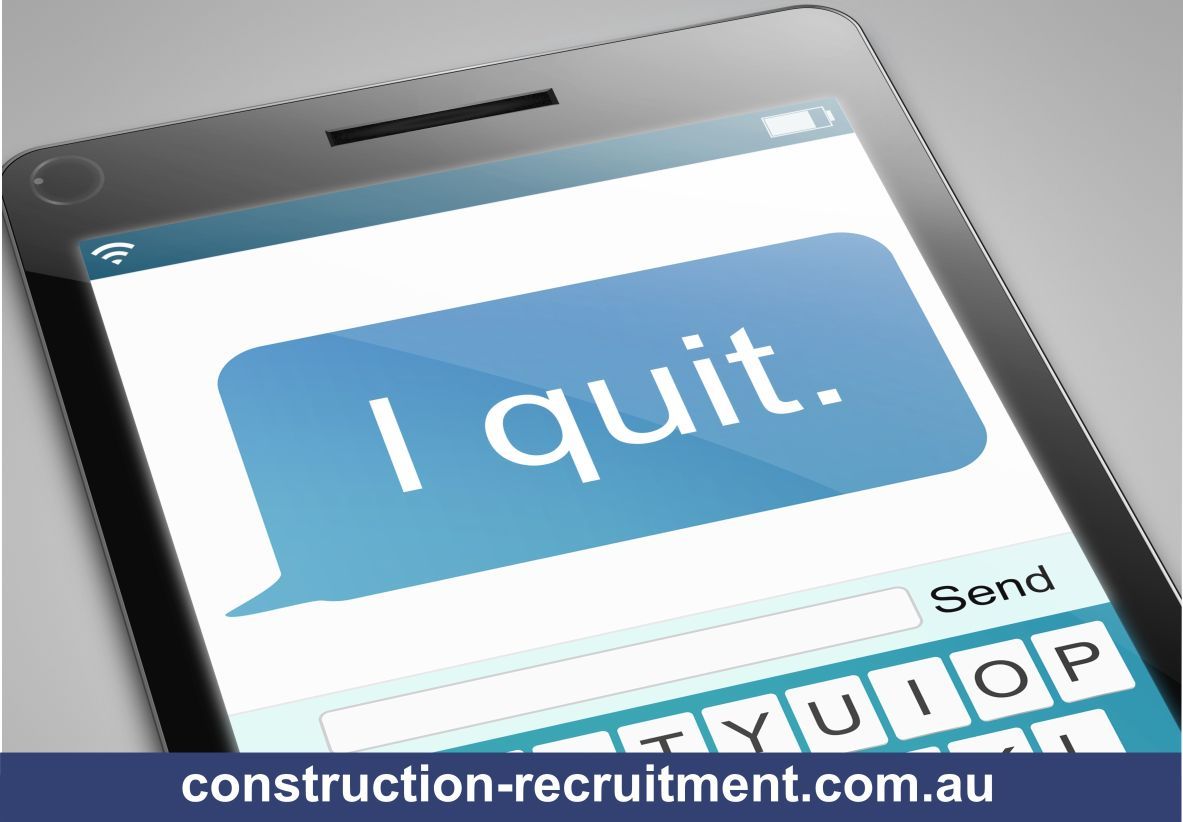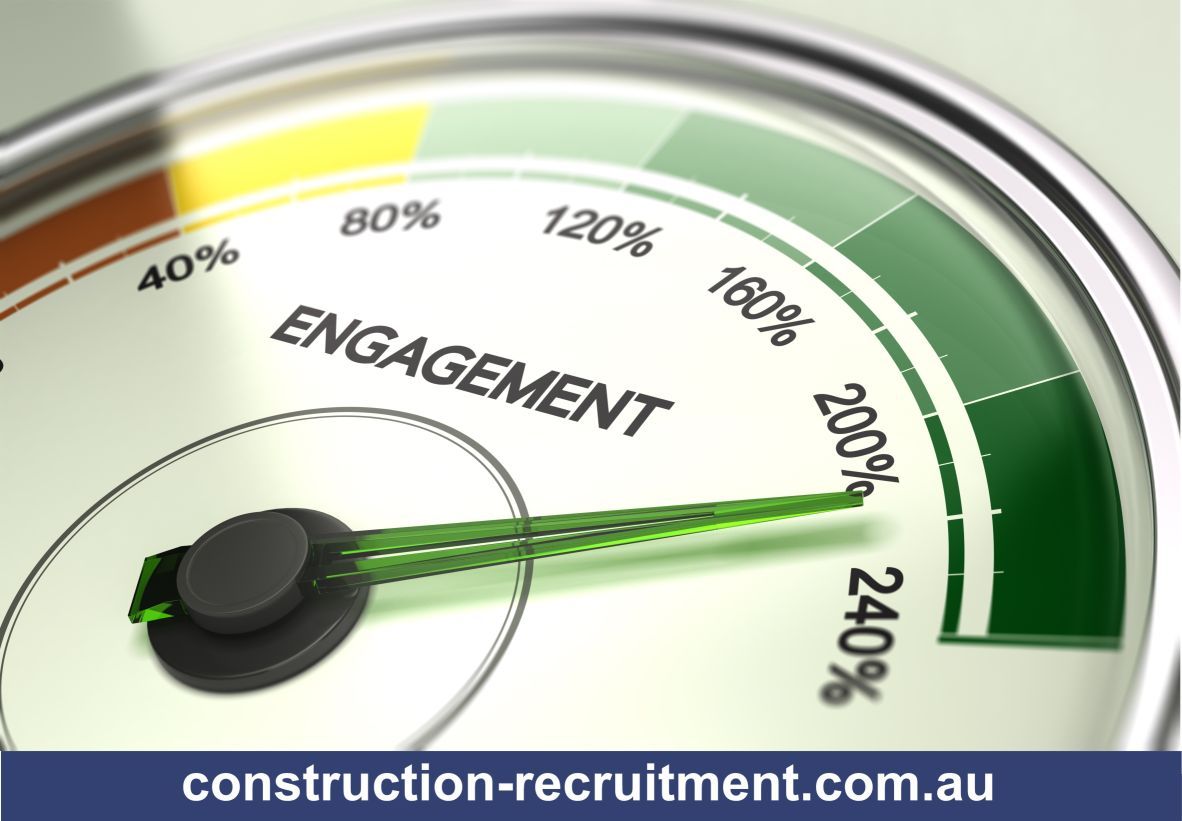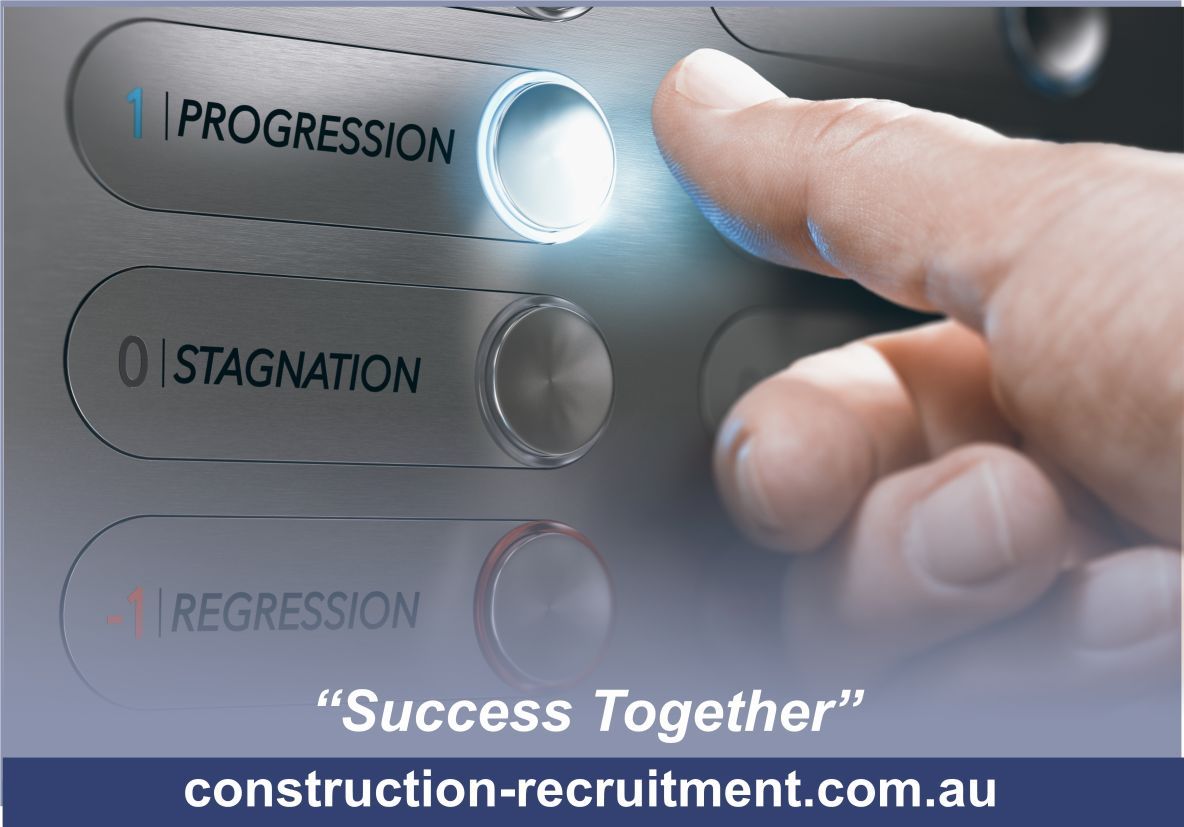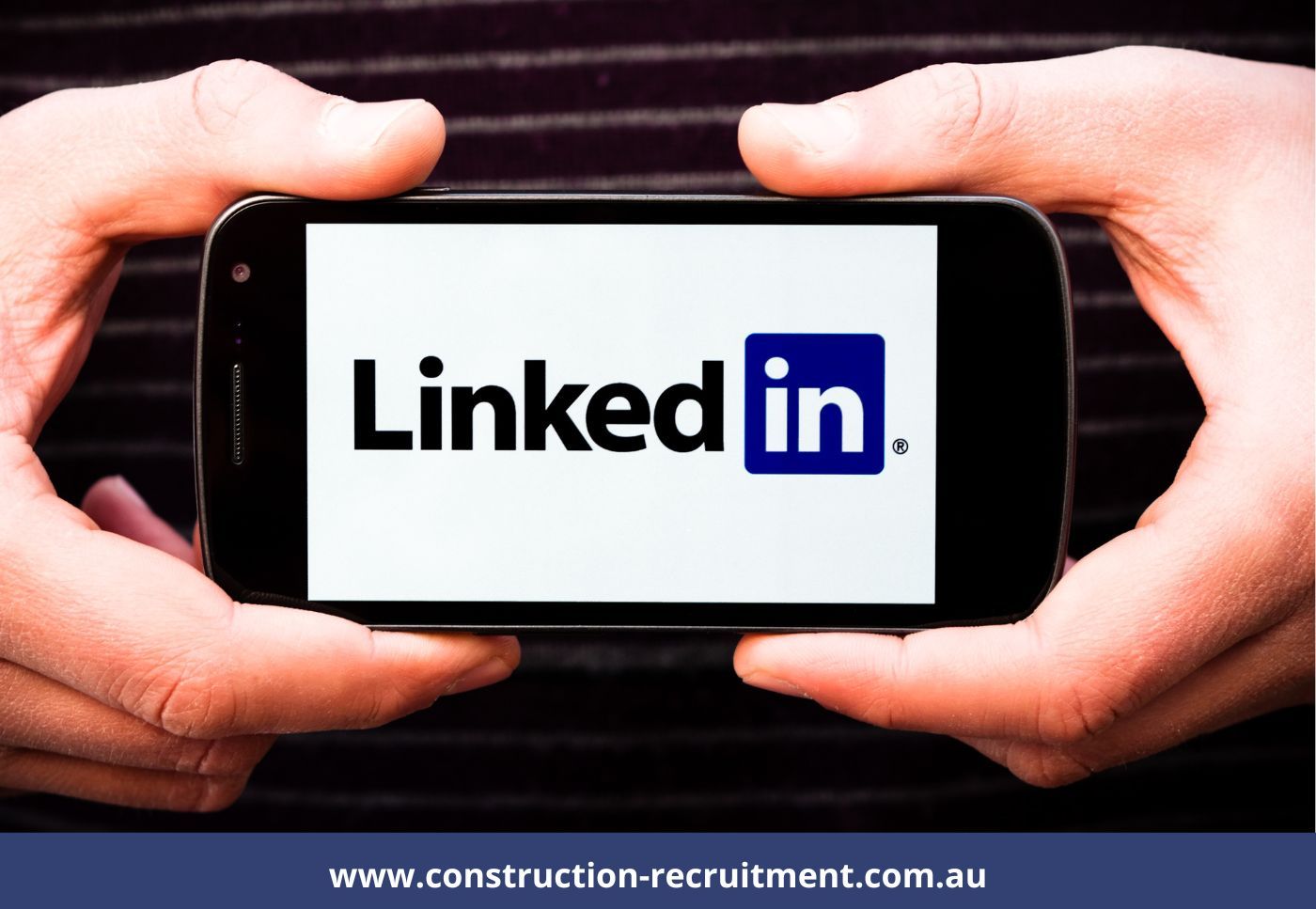Create an Engaging LinkedIn Profile for Your Job Search
A LinkedIn profile is a professional landing page for you
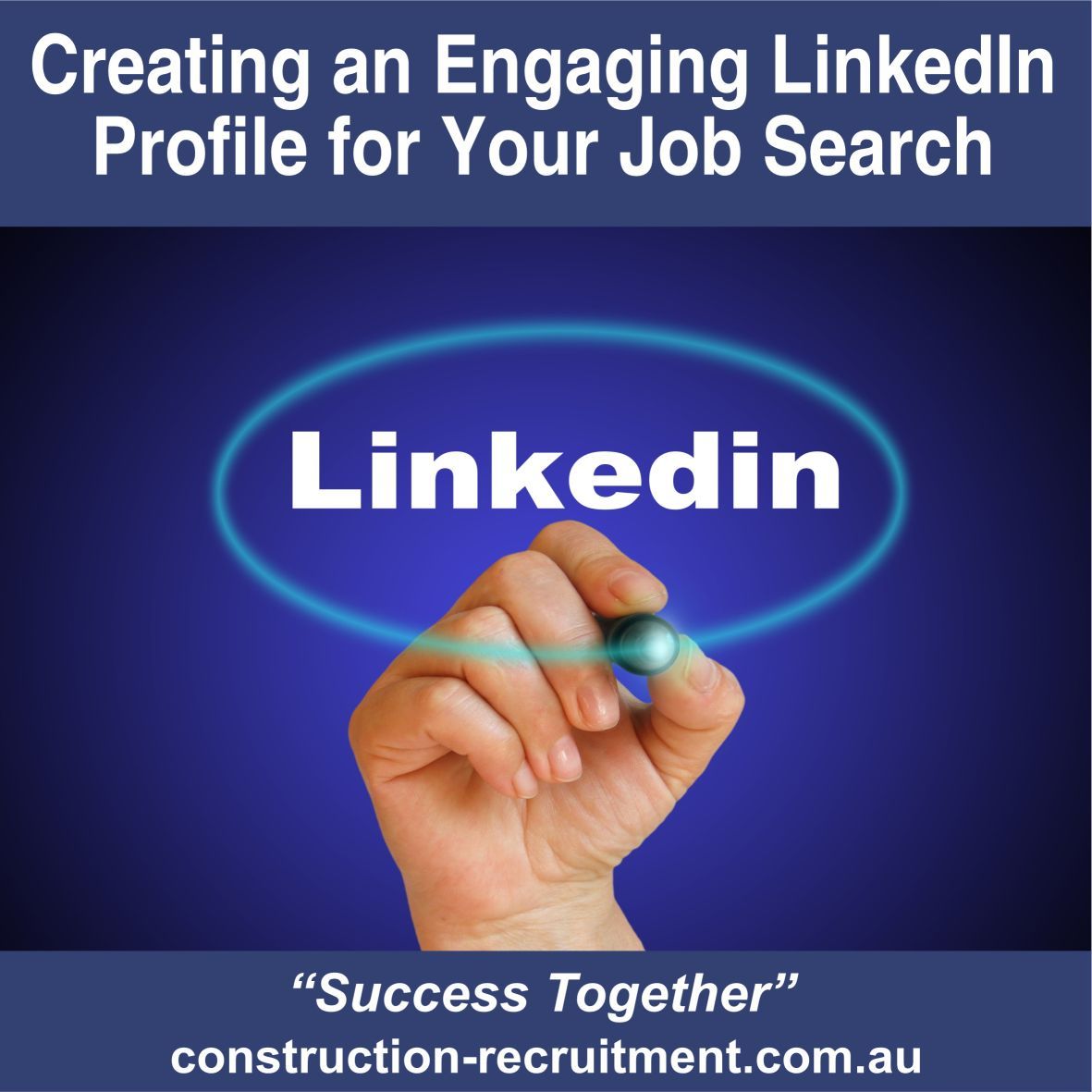
A LinkedIn profile is a professional landing page for you to manage your personal brand. It is an excellent way for you to let people know who you are, what you stand for and what you're interested in. Since people and organisations globally use LinkedIn, a LinkedIn profile will help you get noticed and is an excellent way to find job opportunities and connect with recruiters.
Your LinkedIn profile can tell a recruiter or prospective employer a lot about you, the details of your skills and experience, who you are and what you are looking for. This platform is often used when researching suitable candidates for a role, and the searcher will review your profile first before getting in touch to see if you are interested and asking for your resume.
Therefore, it is essential to demonstrate congruency with your LinkedIn profile, online presence, resume, and the job you see yourself in.
Why Use LinkedIn in Your Job Search
Recruiters use advanced data analytics tools to find and engage with passive candidates and active job seekers. A strong and up to date LinkedIn profile can increase the chances of getting noticed by the right people and being approached by a recruiter or prospective employer. Having a professional, engaging and appealing profile allows you to connect with other professionals, build your personal brand and complement and expand on your CV by showing your activity, engagement, connections and areas of interest. If you choose to engage on this platform, your LinkedIn profile can be a powerful tool in your job search and one that you can't afford to get wrong.
1. Customise your LinkedIn profile URL
Your LinkedIn public profile is a streamlined version of your profile that shows up in search engine results and is visible to people who aren't signed into LinkedIn. If you create a custom public profile URL on LinkedIn that looks like www.linkedin.com/in/yourname, this will not only make you stand out but show your profile in more search engine results. This will help other members and recruiters identify your profile easily and connect and remember you. Custom public profile URLs are available on a first-come, first-serve basis, and you can only have one custom public profile URL at a time. If you link this in other platforms, update those to your new URL.
2. Use a professional profile picture
LinkedIn data shows that having a profile picture makes you 21 times more likely to have your profile reviewed by recruiters and hiring managers. First impressions count, and a current professional profile picture will benefit you. If you don't have a studio picture, take the best photo you can and present yourself as you would look in the role you are currently aspiring to be in. Find a plan background that has good light, smile, and take a head and shoulders picture. Check the photo and make sure it is clear and successfully uploaded.
3. Make your headline stand out
Your headline is created when you add your positions to your profile. However, you can re-write it to either promote an area of expertise or let your personality shine through. You can also use this space to include their current job title as a way of demonstrating your professional know-how. You can be factual and also show some passion at the same time, e.g.:
"Ambitious CX Manager with a passion for UI development and five years industry experience"
4. Write a summary
The About section of your profile should express your mission, motivation, and skills to people who view your profile. Ideally, you should limit the text to one or two paragraphs while filling this section. You can use bullet points if you're not comfortable with writing paragraphs.
As recruiters and hiring managers will read through this, don't skip this section.
Be impactful in your first paragraph in particular, as this is the area on display all the time. Include a summary of our professional background, key areas of expertise and how you contribute to your organisation or the wider community. Include what motivates you, what inspires you, and your aspirations (keeping it in business, not social). Include what you've achieved in our most recent role and what you are upskilling with at the moment.
Most importantly, make sure you quantify your accomplishments by adding noteworthy facts and figures to support your results. For example, here's a LinkedIn summary example for job seekers:
"I love to dig into customer problems and solve them with modern technology. I create, scale and optimise product portfolios that matter. To accomplish this, I focus on key results, build amazing teams and quickly adapt to new insights"
"I am a HR professional that thrives on helping others, paying it forward and going above and beyond with each and every task. I'm enthusiastic about growing and gain new skills on my HR journey.
4. Detail your experiences
Add all your relevant work and education experiences – You should keep the profile updated with your professional experiences that align with your current career goals. You can also add media samples to provide quick access to your work portfolio.
As with all good writing, use headers bullet points, and check for grammar and spelling mistakes – a spelling mistake could cost you a job opportunity; use bullet points where you can to make it easier to read.
Add accomplishments in the role, including outcomes for key duties and/or projects. Use tangible results and figures where possible to stand out. These examples of quantifiable results work just as well for your LinkedIn profile as they do for your resume. Start each sentence with an action verb to highlight in detail your skills and accomplishments – this is another simple trick to prove your professional skills that work for both your LinkedIn profile and your resume.
Add relevant skills – A list of relevant skills on your profile helps showcase your abilities to other members, like your colleagues and recruiters. It helps others understand your strengths. Once you add your skills, your connections can endorse them. If someone endorses your skills, it will increase the likelihood of you being discovered for opportunities related to the skills you possess. You can also take assessments for the skills you've listed on your profile to showcase your proficiency.
5. Request recommendations
Request recommendations from your connections - you can request recommendations from the 1st-degree connections you work with or have worked with.
A recommendation is a commendation written by a LinkedIn member to recognise your work.
You can request recommendations from the 1st-degree connections you work with or have worked with. Once you've accepted a recommendation from your connection, it'll be visible to your network by default. You can choose to hide or unhide a recommendation you've been given, or received from another member on your profile if you don't think it suits your professional aspirations.
6. Build your network and track your professional milestones
All of your professional achievements (new job, work anniversary, promotion, etc.) can be recorded and displayed on your LinkedIn profile. It'll help you showcase your professional experience and achievements to other members who view your profile. An updated profile opens the door to meeting new members and making connections.
7. Check Messages
Finally, once your profile is up-to-date and working for you, you may start to show up in search results for relevant keywords used by recruiters when they look for people with particular skills. Therefore, it is important to develop a routine to check messages that you receive via this platform.
8. Keep Your Profile Updated
Once your profile is complete, make sure you regularly update it when you learn a new skill or complete a piece of work that is worth showcasing. Then, begin to grow your presence and engage with your network. You can do this by sharing content relevant to your specialism or industry, posting your own professional insights and liking, sharing and commenting on other people's updates. Don't forget to also connect with professionals you meet.
It's also important to remember that your LinkedIn profile does not replace your resume during your job search. Resumes are still that vital piece of the puzzle in connecting to new job opportunities. Complimented by a professional and vibrant LinkedIn profile – one that brings all of the claims you have on your resume to life whilst also showcasing a history of achievements shared on the platform.
RELATED POSTS
In the News – Probuild Receivership and Redundancies
How To Find A New Job After Being Made Redundant
Your Success: Working with Specialist Industry Recruiters
CONNECT with us via our contact page or booking links on our website if you are looking to recruit for or land the ideal construction job in 2022.
#constructionrecruitment #construction-recruitment #successtogether #constructionjobsbrisbane #top20recruiters #LinkedInforjobsearches

